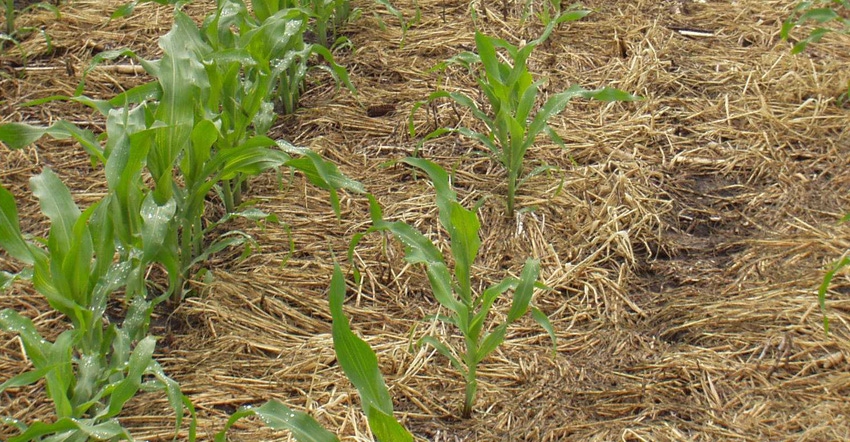September 26, 2018

Applying phosphorus and potassium fertilizer in the fall is a common in Iowa. During fall, soils tend to be drier, fertilizers are readily available, workloads can be spread out over the year, and P and K can be incorporated with fall tillage.
Also, fall-applied P and K can become more available to a spring crop by having more time to break down. Fall application of P and K can reduce environmental risks due to lower runoff during typical fall weather and soil conditions.
“While fall applications of P and K have many practical benefits, growers ask why they do not often get higher yields with higher application rates of granular P and K,” says Kyle Lilly, certified crop adviser and senior product manager at Compass Minerals Plant Nutrition.
Fall P and K worth it?
Iowa State University studies by soil fertility specialist Antonio Mallarino reported statistically significant yield responses to increased broadcast P in only a third of 240 documented trials. With respect to broadcast K, a 2013 analysis of 2,100 studies from the University of Illinois found broadcast K gave a major yield increase only 24% of the time.
Growers are asking critical questions when it comes to fall-applied P and K fertilizers. Why do less than 50% of P and K fertilizers get taken up by the crop? Where does the fertilizer go? How can growers improve the efficiency of P and K fertilizer?
Zinc deficiencies prevalent in Iowa
Zinc may be the key to getting the most out of NPK applications in the fall. “Zinc is gaining more attention in Iowa for good reason: Plants are hungry for it,” Lilly says.
University of Illinois research showed today’s high-performance corn genetics remove up to 27% more zinc than non-rootworm-resistant hybrids. The larger root mass in hybrids with corn-rootworm resistance function longer and remove more water and nutrients than non-corn-rootworm counterparts.
In addition, soil and tissue test data are confirming this trend. Soil test summaries provided by the International Plant Nutrition Institute in 2015 showed 58% of Iowa soils tested low in zinc. In 2016, Winfield United analyzed more than 17,500 corn tissue samples across the Midwest and found 72% of those samples were low in zinc.
Using zinc to improve fertilizer uptake
“Adequate zinc fertilization may provide relief for inefficient NPK fertilizer uptake and critical zinc deficiencies simultaneously,” Lilly says. Research compiled by the International Zinc Association showed improved yield and nutrient-use efficiency of NPK application by up to 25% when zinc is included in the fertility plan.
“It’s possible that adequate zinc nutrition improves root growth that in turn allows the plant to take up more NPK,” Lilly says. For example, he says a Compass Minerals Plant Nutrition growth chamber trial demonstrated an increase in corn root growth by 100% compared to a control when zinc fertilizer was applied. The same trial also showed that the zinc fertilizer application resulted in a 36% improvement in plant N uptake, 42% in P and 75% in K compared to a control.
Future of zinc application
A newer zinc fertilizer application method is available to growers wanting to supply an efficient form of zinc in the fall. Wolf Trax Zinc Dry Dispersible Powder coats fertilizer granules in an NPK fertilizer blend.
“An advantage of this method is nutrients can be applied using automated and manual powder feeders at the retailer fertilizer blender location,” says Lilly.
This application technology ensures uniform distribution across the field and the zinc is in a form the plant can easily take up.
“While there are no magic bullets for solving fall fertilizer efficiency challenges, the use of zinc as a tool to enhance fertilizer efficiency and protect a grower’s bottom line is promising,” he adds.
For more information, visit North American Soil Test Summary.
Sources: Compass Minerals Plant Nutrition, ISU and Winfield United
You May Also Like




